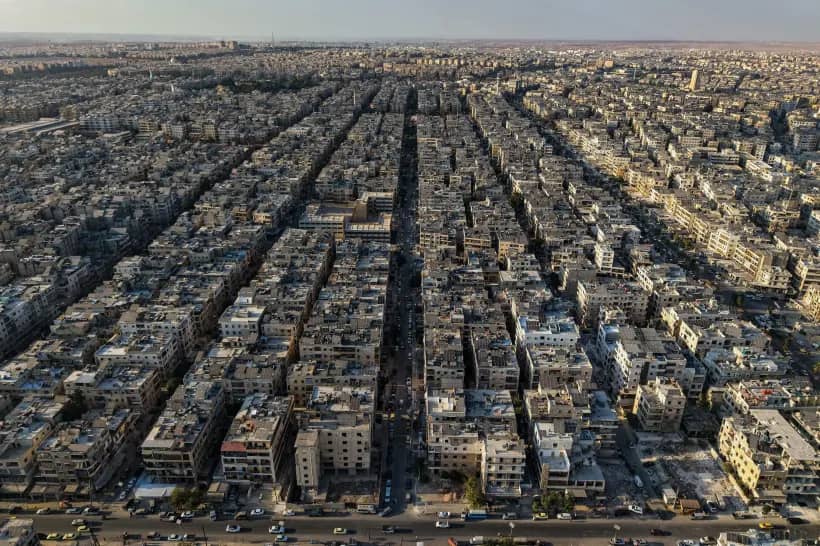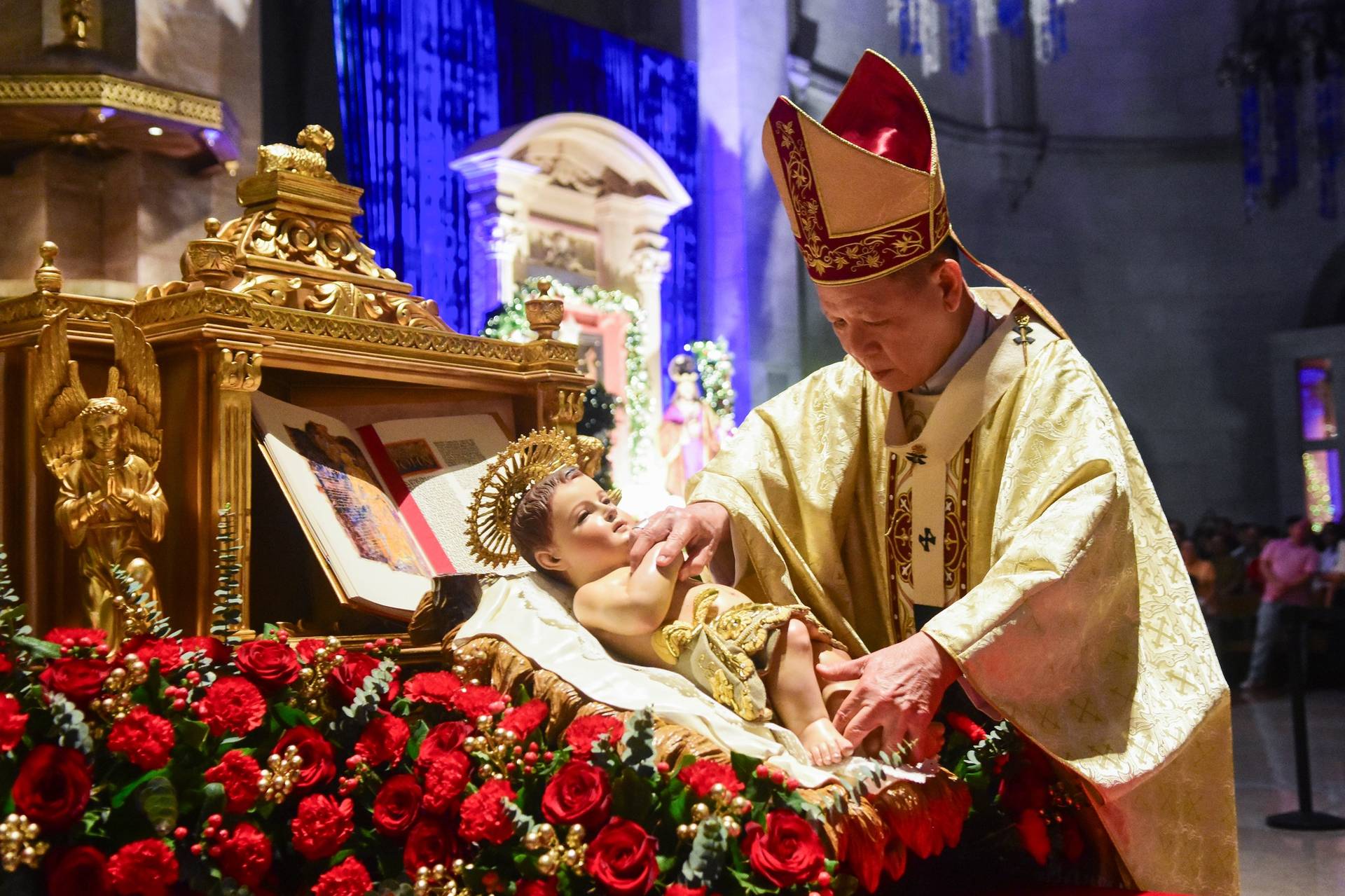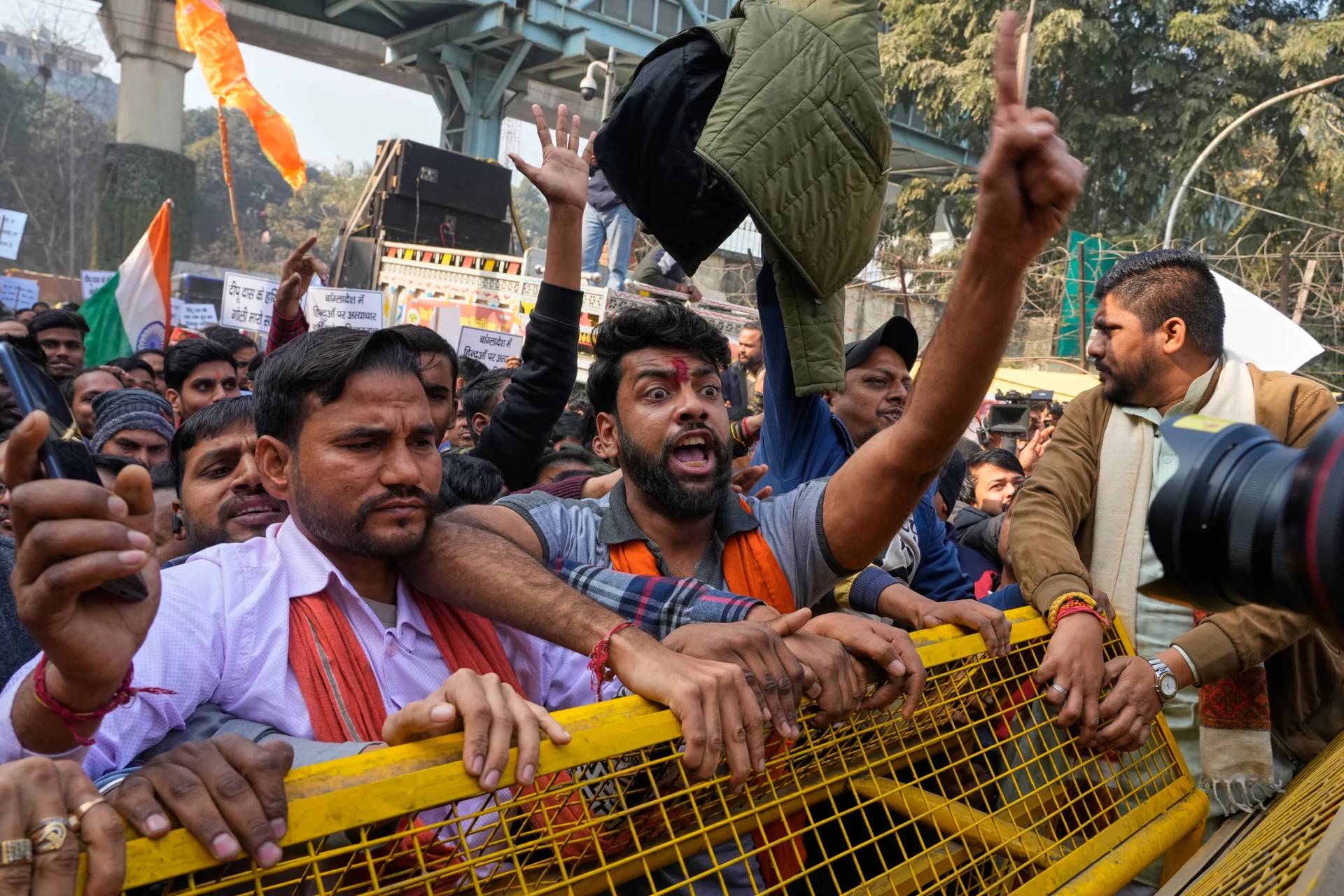MUMBAI – As an emergency summit of the bishops of the Syro-Malabar Church unfolds at its headquarters in southern India, one veteran priest is expressing skepticism that the summit will solve the liturgical dispute it was called to resolve.
“It is a problem the synod has created, and now the synod is told to solve it. The synod never thinks of hearing the protesters, very telling!” said Father Paul Thelakat, a former spokesman for the Syro-Malabar Church and now one of the in-house critics of its leadership under Cardinal George Alencherry.
With more than four million followers worldwide, the Syro-Malabar Church is the second largest of the eastern Churches in communion with Rome. Its emergency meeting was convened on instructions from the Vatican after permanent synod members visited Rome early this month.
At issue are liturgical changes in the way the Syro-Malabar Mass in celebrated.
In 2021, the church’s synod decided to adopt a uniform mode of celebrating the liturgy, which priests face the people during the Liturgy of the Word and then the altar during the Liturgy of the Eucharist, turning around again to address the congregation after communion.
While virtually all of the church’s dioceses have adopted the new system, clergy and laity in the Archdiocese of Ernakulam-Angamaly, by far the largest Syro-Malabar jurisdiction, have rejected it, arguing that facing the people throughout the Mass is a legitimate liturgical variation and one more consistent with the reforms of the Second Vatican Council (1962-65).
The dispute has occasionally turned nasty, sparking protests, including inside sacred spaces, and causing churches to be shuttered.
A statement said that an official decree from Alencherry convoking the synod has been issued to the bishops who are members of the synod. Meanwhile, priests and lay activists of the archdiocese held a meeting last Sunday to discuss their own future course of action.
Thelakat laid the principal blame for the impasse with the bishops of the synod itself, and their attempt to impose uniformity.
“I have lived in this church for the last 74 years. To my memory we never had such a huge scandalous issue as we have it today,” he said. “This [problem] was created by the synod since we got our autonomy. This issue continued here for so many months and the cathedral basilica was closed for months without any resolution.”
He suggested that while the Vatican so far has prevented a crackdown on the dissenters, it wants a synodal solution.
Finally the Permanent Synod members, it is heard, went to the Vatican with some punitive measures in their hands. But the Vatican told them to convene the Synod and resolve it … Synod is the way of resolving any and every issue.
But, Thelakat warned, a genuine solution “was never in their mind.”
















